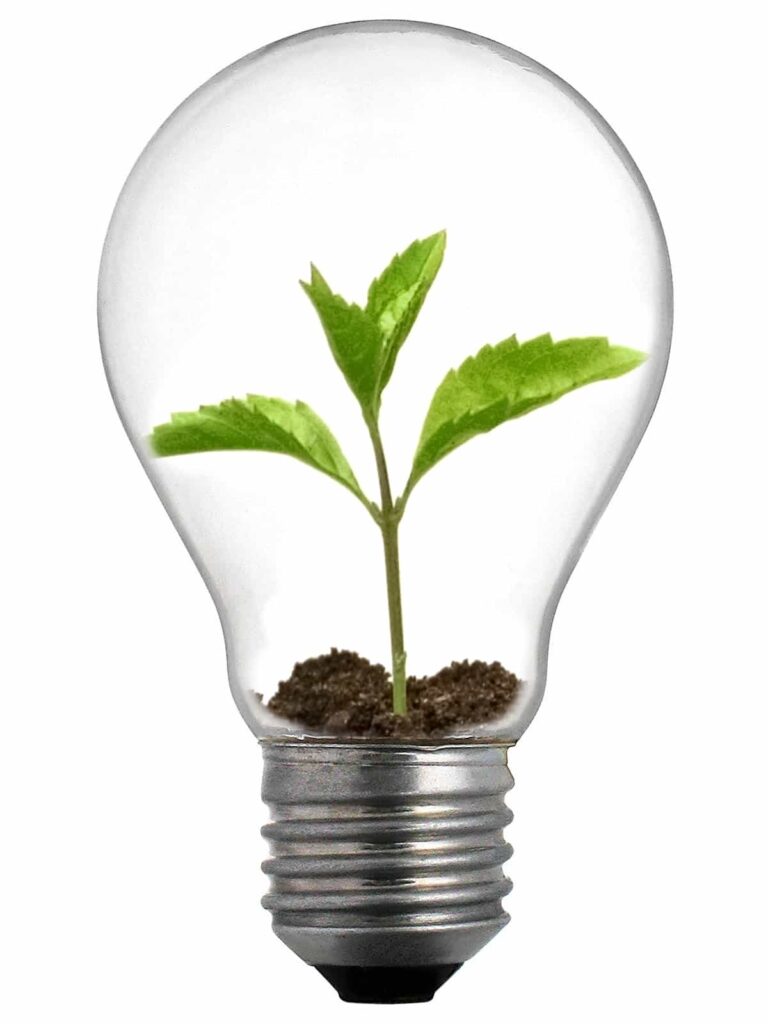When Simple is Difficult: Agriculture Technology in the Age of Innovation
This post was originally featured on the Chicago Council of Global Affairs’ Blog, Global Food For Thought
As a US Peace Corps Volunteer in a rural Ugandan village in 2010, I never expected my neighbors to own satellite TVs. We couldn’t buy carrots at a market within a 30-kilometer radius. I planted beans with my neighbors by stuffing my cheeks with seeds like a chipmunk, slicing rows in the ground with a hoe, and spitting the seeds into the soil at two-foot spacing. No one in my village owned a plow or had access to diverse, quality seeds, but I could watch Al Jazeera each night.
This bewildered me. Why do some technologies spread like wildfire across the globe while others stagnate in the prototype stage, in a seemingly perpetual cycle of minor iterations? In 2015, almost 4.5 billion people owned a mobile phone, about 2.5 billion of them smart phones. In 2016, 3.5 billion people had access to the internet. Innovation diffusion theorists have a lot to say about what it takes for an innovation to spread. Risk. Market potential. Social influence. But the “invisible hand of innovation diffusion” is agnostic to the societal value of a successful innovation; sometimes, the technologies that stick aren’t the technologies that are most needed. And sometimes what’s needed are the most simple or incremental innovations.

For example, the Global Knowledge Initiative (GKI), in its role as the Innovation Partner for The Rockefeller Foundation’s YieldWise initiative, recently conducted an Innovation Scan for solar drying technologies appropriate for smallholder farmers in Nigeria who grow tomatoes. Nigeria is Africa’s second largest tomato producer, but 40-50 percent of the harvest is lost before it reaches a market. The remaining portion faces price volatility during the harvest glut. Drying offers one solution to this challenge. Smallholder farmers in Nigeria are familiar with drying their excess or damaged tomatoes. They often do so in the sun on mats, rocks, or roofs; it is a slow, unreliable process that can result in contamination and bacterial growth. Solar drying technology could improve this process. It’s a seemingly simple, quick-win solution that would reduce the loss of tomatoes, establish an alternative to the volatile fresh market, stabilize smallholder farmer income, and, ultimately, build a more resilient tomato value chain.
But GKI found no “best option” for a small-scale solar drying technology appropriate for Nigerian smallholder farmers. Instead, we found a fragmented and immature industry. Researchers and entrepreneurs have conducted hundreds of research studies and pilots over the last 30 years to identify drying technologies with the best technical specifications and price point for a given context. None have successfully reached scale.
Herein lies my concern: basic technologies that may considerably impact global food and nutrition security—solar dryers, drip irrigation systems, reusable crates—often get stuck in the perpetual cycle of minor iterations. Sexier technologies—drones, radio-frequency identification (RFID), mobile market platforms—receive more attention and more funding. Make no mistake, technological innovation in these categories are currently advancing and will continue to advance global food security. But so will more accessible plows for smallholder farmers.
How do we champion the basic technologies that just might create transformative impact?
As development professionals, how do we shift the conversation from what’s sexy to what’s necessary? How do we champion the basic technologies that just might create transformative impact? There are two ways in which I think we can do this.
First, we can expand our definition of innovation, particularly when it comes to technologies. GKI views innovation as “a break from typical practice that unlocks improvement in efficiency and/or effectiveness”. While the change may be incremental, the impact is not. It would be an incredible achievement to ensure that all smallholder farmers gain access to appropriate irrigation technology.
Second, we can shift incentives. Just like we’re encouraging youth to go back to agriculture, we need to encourage entrepreneurs and researchers to go back to the basics. What if the next Reinvent the Toilet Challenge were a Reinvent the Tractor Challenge? What if the next big venture capital investment went to a company searching for a better way to dry tomatoes in Nigeria? What if the next cover of Inc. Magazine heralded the man or woman who develops a new planting technology appropriate for rural Uganda? Perhaps we would progress further on global food and nutrition security than we could have predicted.
Contributed by Renee Vuillaume, Program Officer at The Global Knowledge Initiative







